Exploring national parks offers an unparalleled opportunity to connect with nature, witness breathtaking landscapes, and encounter diverse wildlife. These protected areas, ranging from the towering peaks of mountain ranges to the serene shores of coastal parks, attract millions of visitors each year.
While the beauty of these parks is evident, there’s much more to ensuring a rewarding visit than simply showing up. Behind the scenes, park rangers work tirelessly to maintain the natural splendor and safety of these pristine environments. They possess invaluable insights and knowledge that can greatly enhance your experience.
Understanding the nuances of park etiquette and safety not only helps protect these treasured landscapes but also ensures a more enjoyable and memorable adventure for everyone. As you plan your next visit to a national park — whether it’s in Canada, the United States, or beyond — consider the perspectives and advice of those who know the parks best: the dedicated park rangers.
Respect Wildlife
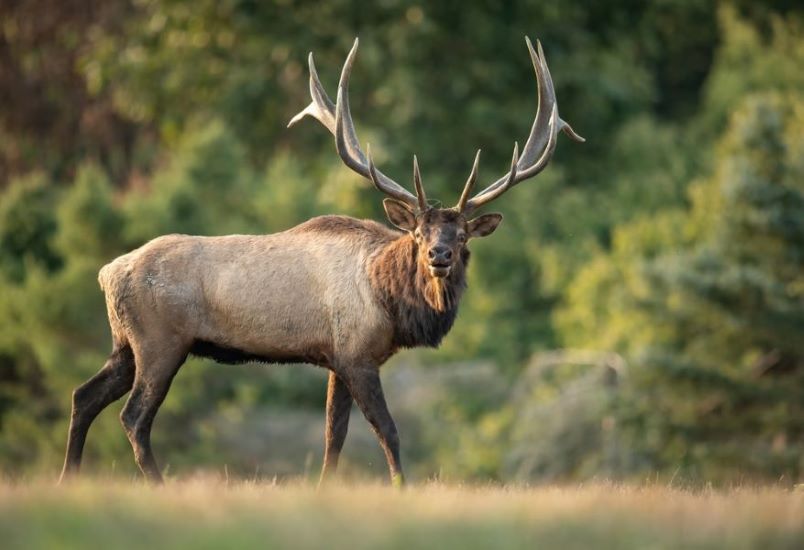
Park rangers want visitors to remember that national parks are home to diverse wildlife. Maintain a safe distance from animals, avoid feeding them, and never disturb their natural habitats. This ensures your safety and helps protect the animals. Rangers often see visitors trying to take selfies with wildlife or leaving food out, which can lead to dangerous situations for both humans and animals. Additionally, learn proper wildlife viewing etiquette by using binoculars or a zoom lens and avoiding sudden movements or loud noises that could startle animals.
Stay on Designated Trails
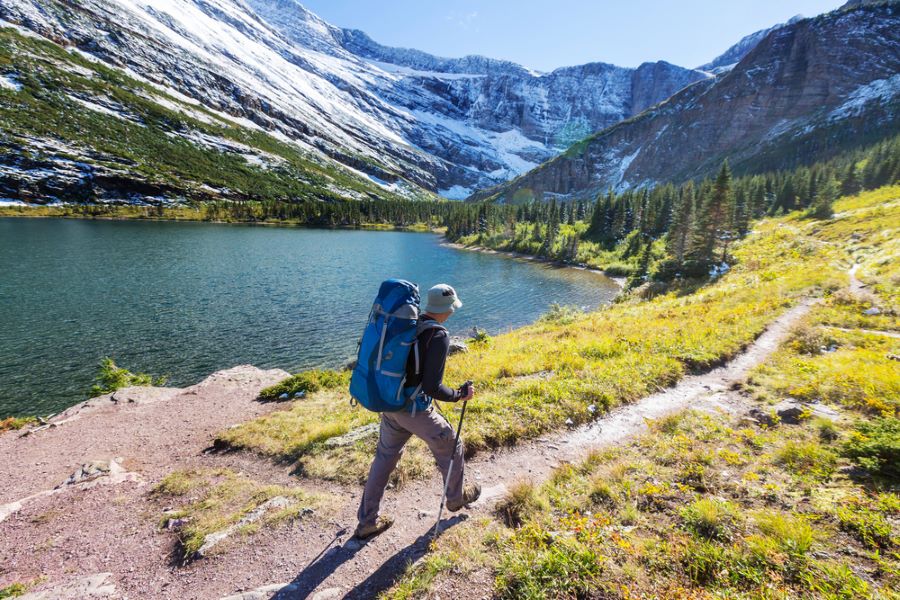
Straying from marked trails can harm delicate ecosystems and put you at risk. Park rangers spend considerable effort maintaining trails to ensure they are safe and sustainable. Stick to the paths to minimize your environmental impact. Another problem with off-trail hiking is that it can lead to soil erosion and damage to plant life, from which it takes years for the park to recover. Visit trails early in the morning or later in the afternoon to avoid crowds and reduce the impact on heavily trafficked areas.
Follow Fire Safety Guidelines
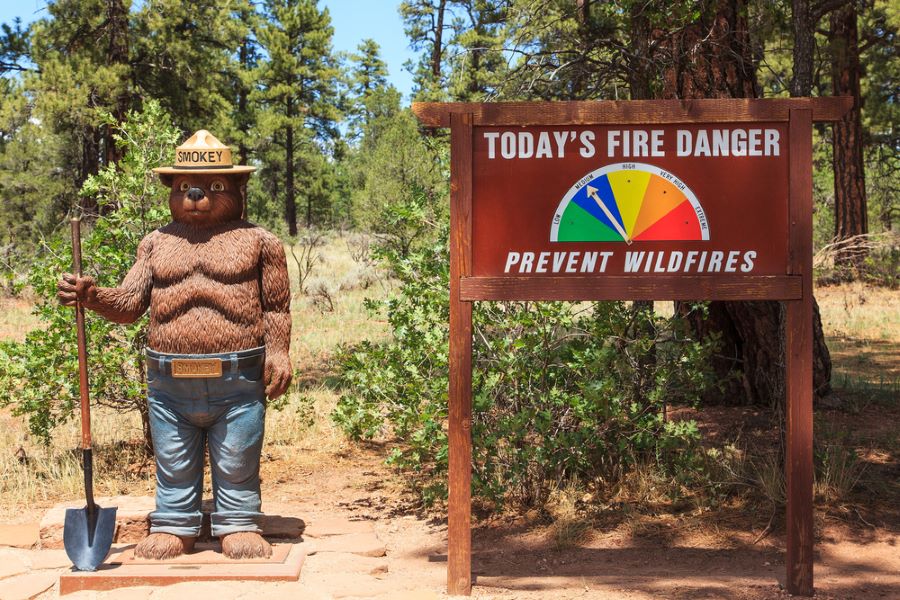
Wildfires can cause significant damage to national parks. Always follow fire regulations, use designated fire pits, and ensure fires are completely extinguished before leaving. Rangers often deal with the aftermath of careless fire practices, which can be devastating. Avoid using fireworks and smoking in prohibited areas, as these are common causes of unintentional fires.
Leave No Trace
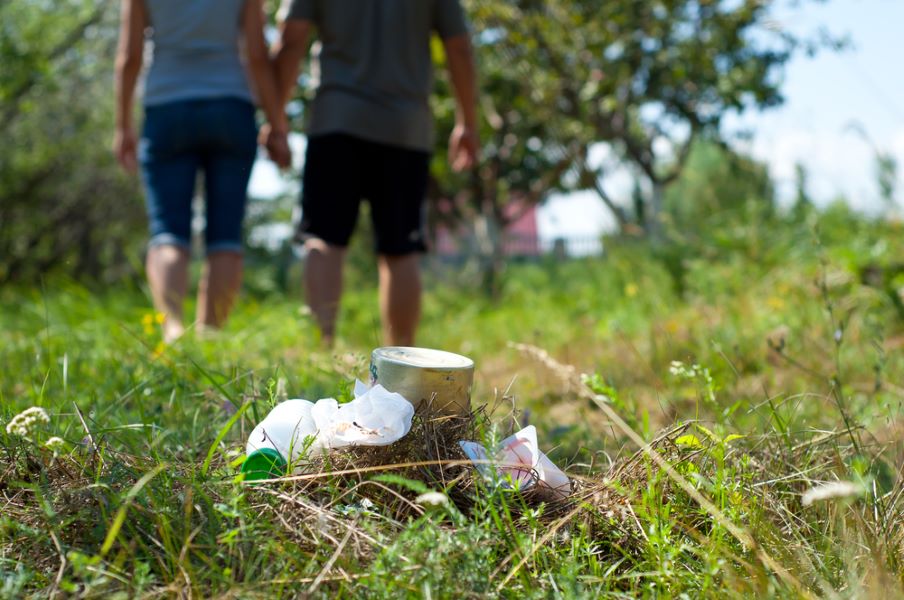
You may have heard the phrase, “leave no trace.” That means anything you bring in you need to take out. This includes all trash, food wrappers, and personal belongings. Rangers emphasize the importance of leaving the park as pristine as you found it to preserve its beauty for future visitors. Also, it’s important to properly store all food and scented items to avoid attracting wildlife, and to use refillable water bottles to minimize waste. Many parks have water refill stations available.
Respect Cultural Sites
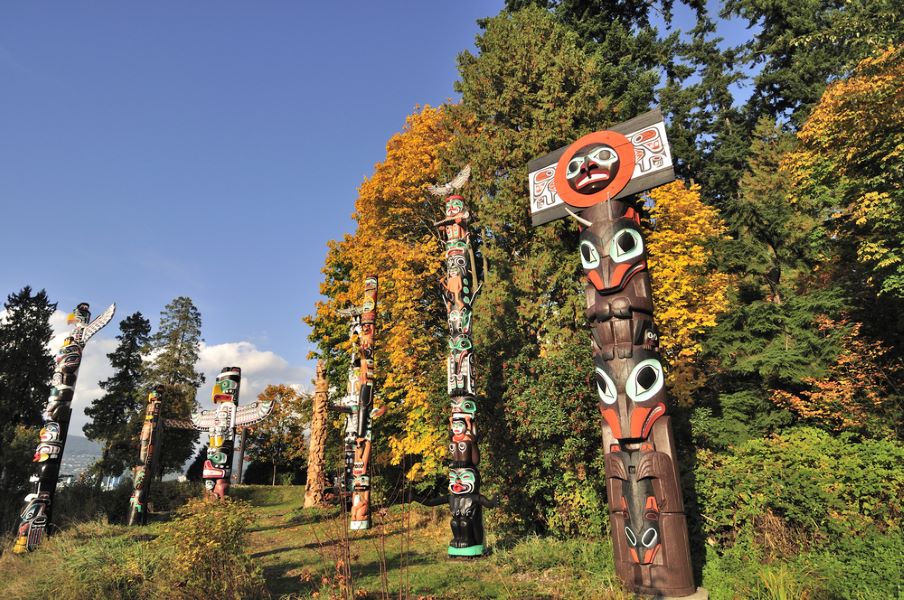
Many national parks have significant cultural and historical sites. Treat these areas with respect, avoid touching artifacts, and follow posted guidelines. Park rangers work to preserve these sites, and visitor cooperation is crucial. Avoid climbing on ancient structures or removing stones and artifacts, as these actions can cause irreparable damage.
Understand and Follow Park Regulations
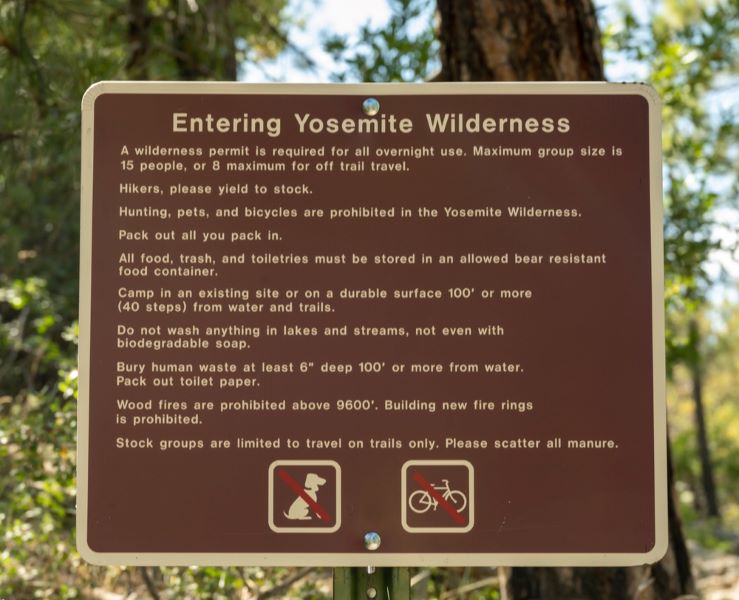
Each national park has its own set of rules and regulations designed to protect the environment and ensure visitor safety. Familiarize yourself with these guidelines and adhere to them during your visit. For example, many parks have specific regulations regarding pets, drone usage, and camping permits. Rangers often encounter visitors unaware of these rules, leading to avoidable issues.
Be Prepared
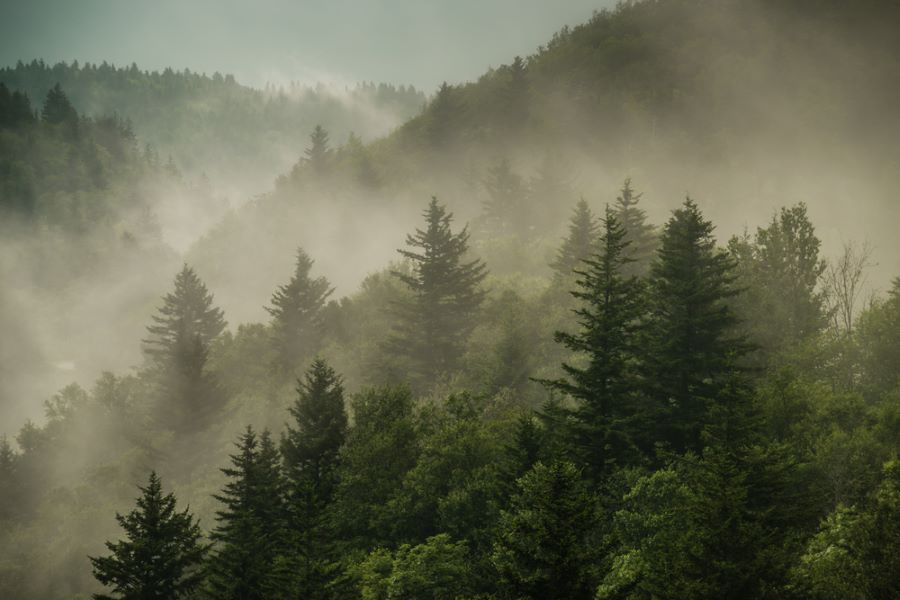
Weather conditions in national parks can change rapidly. Being prepared for various conditions can make your visit safer and more enjoyable. Rangers recommend dressing in layers, bringing plenty of water, and having a map and compass or GPS. Many visitors underestimate the remoteness of certain areas and find themselves in precarious situations without proper gear or supplies.
Engage with Rangers
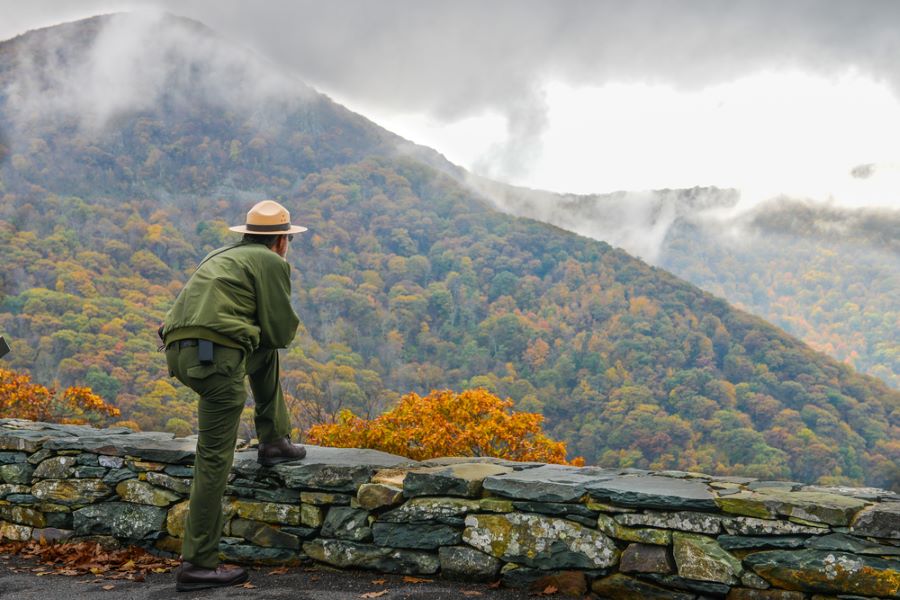
Park rangers are a valuable resource. Don’t hesitate to ask them questions and learn from their expertise. They can provide safety tips as well as information on the best trails and wildlife sighting opportunities. Rangers are there to enhance your experience and ensure your visit is memorable. Consider participating in ranger-led programs, guided hikes, and interpretive talks to gain deeper insights into the park’s ecology, geology, and history.
Report Issues
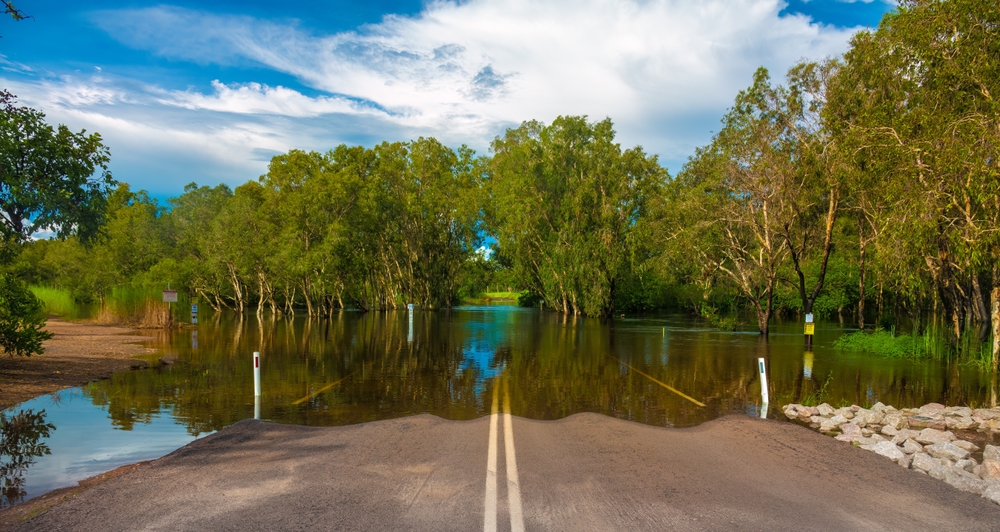
If you see something amiss, like injured wildlife, flooded roads, hazardous conditions, or people breaking park rules, report it to a ranger. Rangers rely on visitors to help monitor the vast areas they manage and appreciate your assistance in keeping the park safe and beautiful. Prompt reporting can prevent small problems from becoming big issues and help protect the park for everyone.
You Might Also Enjoy: Feel Nature’s Thundering Beauty at These Astonishing Waterfalls
Support Conservation Efforts
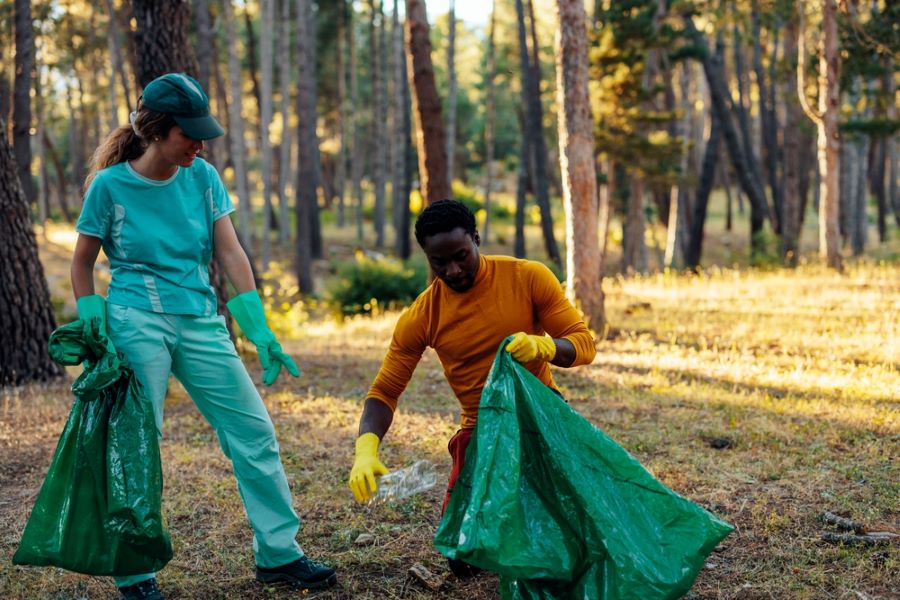
Consider contributing to any conservation programs or volunteering opportunities that the park may provide. Park rangers often work alongside volunteers and appreciate public support in preserving these natural treasures. You can make a significant impact by participating in clean-up events, trail maintenance, or citizen science projects.
FAQs:
Q: What should I pack for a day trip to a national park?
A: Pack essentials such as water, snacks, a map, a compass or GPS, sunscreen, insect repellent, a first aid kit, weather-appropriate clothing, and sturdy footwear. Always bring a fully charged phone and a portable charger.
Q: Are pets allowed in national parks?
A: Pets are allowed in many national parks but must be kept on a leash and are often restricted to certain areas. Check specific park regulations before your visit.
Q: Do I need a permit to camp in a national park?
A: Yes, most national parks require a permit for camping. You can usually obtain permits online or at the park’s visitor center. It’s best to reserve in advance, especially during peak seasons.
Q: What should I do if I encounter wildlife on the trail?
A: Maintain a safe distance, remain calm, and do not approach or feed the animals. If the animal seems aggressive or too close, make yourself look larger and slowly back away.
Q: How can I find information about park events and ranger-led programs?
A: Check the park’s official website or visit the visitor center upon arrival. Many parks also have bulletin boards and information kiosks with schedules for ranger-led programs and events.
Q: Are drones allowed in national parks?
A: Drones are generally prohibited in national parks to protect wildlife and ensure visitor safety. Check specific park regulations as some parks may have designated areas for drone use.
Q: What are the best times of year to visit national parks?
A: The best time to visit varies by park. Generally, spring and fall offer mild weather and smaller crowds. Summer is popular but can be crowded and hot, while the colder months often provide winter activities.
Featured Image: Ranger at East Entrance hands out a park map by Yellowstone National Park licensed under Public Domain




Leave a Reply